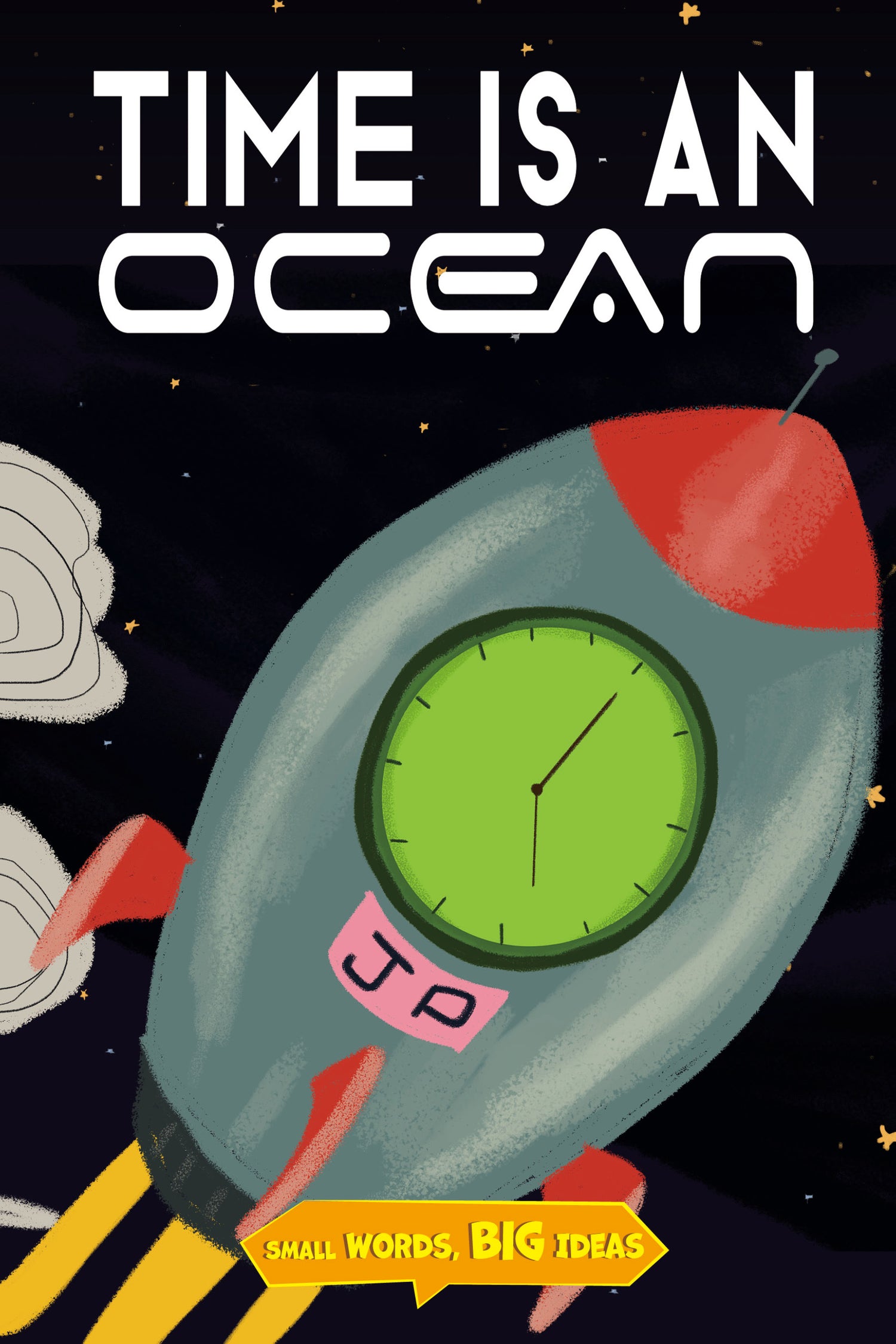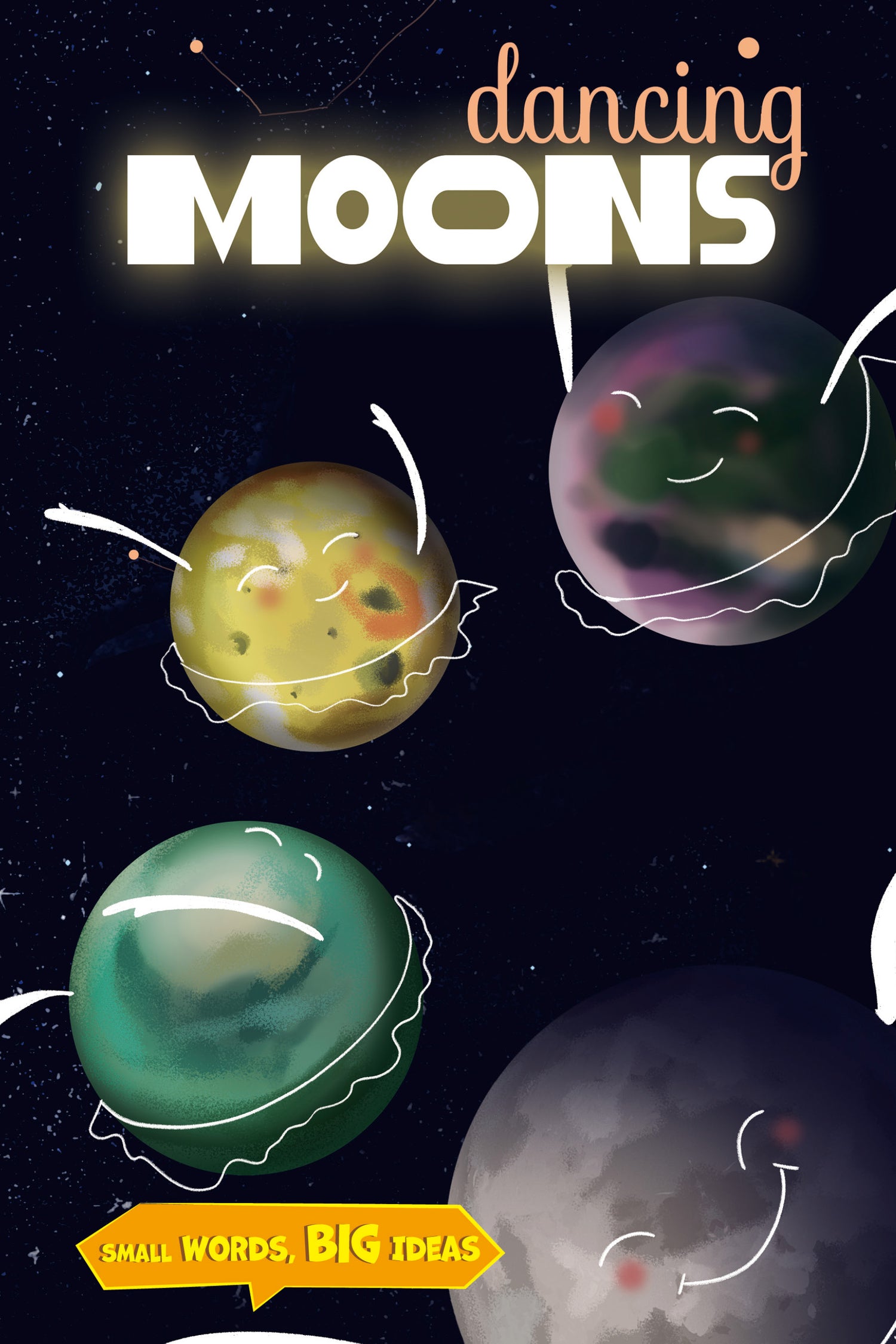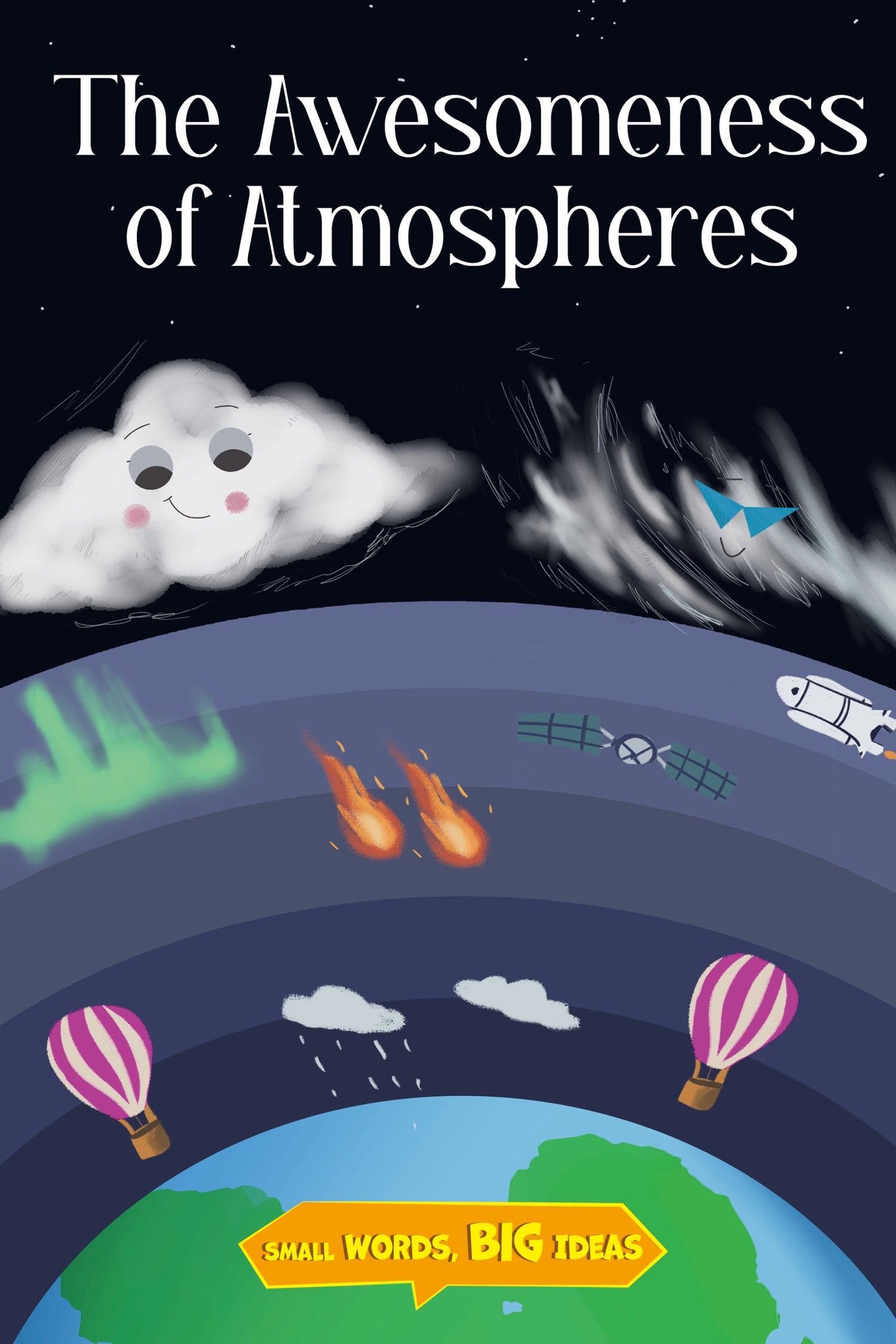Small Words, Big Ideas Activities


Dark Matter: Origins
The term dark matter was created by Swiss astronomer Fritz Zwicky in 1933. Zwicky was studying the Coma Galaxy Cluster. He noticed that the galaxies were moving too quickly for the amount of mass there appeared to be and
suggested dark matter as a possible explanation. In the 1970s, Vera Rubin found evidence of dark matter in her research on galaxy rotation. The rest is history! Or should we say a mystery?

Gas Giants: Hot Jupiters
You’ve learned about gas giants in our solar system, but did you know that there are gas giants in other solar systems as well? While our solar system’s gas giants are far from the Sun, some gas giants are much closer to their stars. This causes them to be very hot, sometimes thousands of degrees! They are called hot Jupiters.

A Star’s Life: Red Dwarf Stars
Red dwarf stars are the most common stars. This is because they burn for trillions of years. They are tinier than the Sun, which means they do not have enough mass to burn with anything but a red glow. This makes them difficult to see.

Our Amazing Sun
Despite the fact that it is 4.6 billion years old, the Sun is a relatively young star! It is only halfway through its lifespan. Currently, the Sun is a yellow dwarf star. Toward the end of its life, it’ll become a red giant, and then a white dwarf star.

Time On Other Planets
When measuring time on other planets, there are different ways to consider the measurement. For example, we can consider a day to mean how long it takes the planet to complete a rotation. Even though Venus is closest in size to Earth, it spins much slower. It takes Venus over 243 Earth days to rotate once. We can also consider a day to mean the length of time between sunset and sunrise. For Venus,
it takes 117 days for the Sun to return to the same place in the sky.

Light: What’s Visible?
You’ve learned about the electromagnetic spectrum, but do you know which wavelengths from the spectrum you are able to see? Most humans are able to see wavelengths that range between 380 to 700 nanometers, which is 1 billionth of a meter! The color violet has a wavelength of 380 nanometers, which is the shortest we are able to see. The color red has a wavelength of 700 nanometers.

Gravity
Despite the fact that it affects us every day, did you know that gravity is one of the weakest forces? For example, imagine how often you overpower gravity every day! When you jump, pick up a book, or stand up from your bed, you are overcoming gravity holding you down.

Moons: The Biggest in Our Solar System
The biggest moon in our solar system is one of Jupiter’s moons, called Ganymede. It’s bigger than Mercury and has its own magnetic field! Do you know how big Earth’s moon is? It is the fifth biggest moon in our solar system! Out of 200 other moons, that is pretty big.

Atmospheres: Closer Look at the Mesosphere
Earth has five atmospheres: the troposphere, the stratosphere, the mesosphere, the ionosphere, and the exosphere. It starts getting cold in the mesosphere, which is 50 miles from Earth and is about -180 Fahrenheit! It’s also where most meteors burn up.

Meteors and Meteorites
Did you know how many meteorites reach the Earth every day? You might be surprised to know that researchers estimate that between 10-50 meteorites hit the Earth every day! Almost all of the material is vaporized in Earth’s atmosphere, which causes the tails we often attribute to shooting stars.
